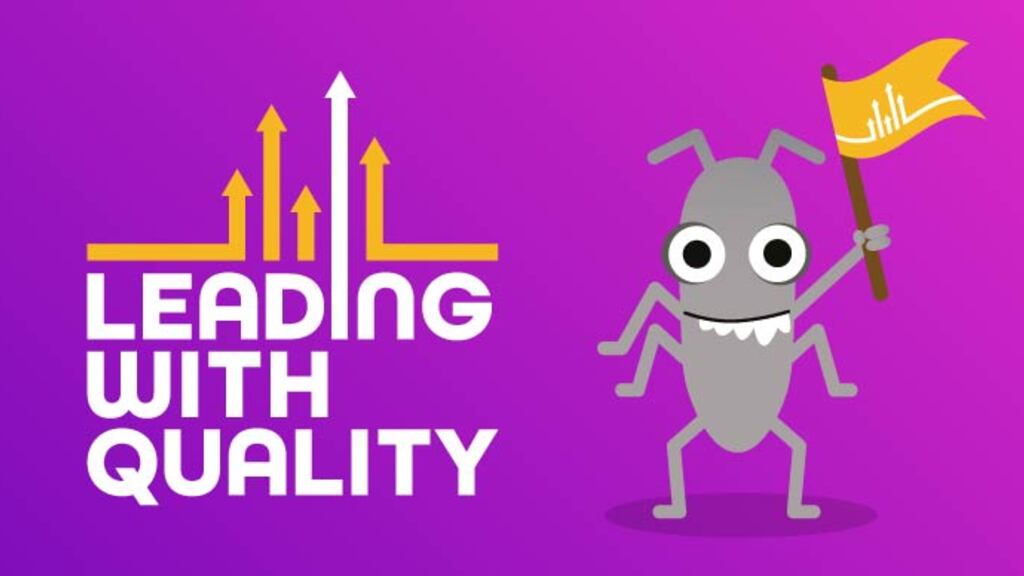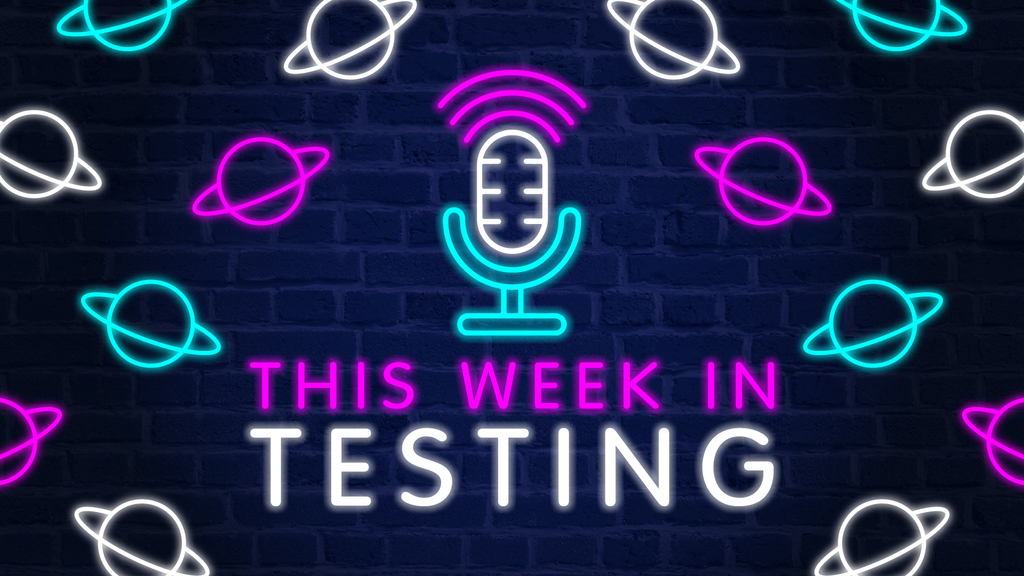What is a test fixture?
A test fixture is your testing environment's foundation - it includes all the data, settings, and resources you need to run your tests consistently. Think of it as setting up a controlled lab experiment, but for software.
Do you have any examples of test fixtures?
Let's say you're testing a shopping cart. Your test fixture might include sample products, fake user accounts, and mock payment data. Or when testing a social media app, you'd set up test fixtures with dummy posts, comments, and user relationships. Everything gets reset to this same starting point before each test.
Why is a test fixture important?
Test fixtures prevent chaos in testing. Without them, you'd waste time setting up test conditions manually and you couldn't trust your results. Good fixtures mean that when a test fails, you know it's because of your code and not because of a messy test environment.
What are the challenges with a test fixture?
Creating and maintaining test fixtures can be tricky. They need to evolve with your code, but changing them can break existing tests. They also need to strike a balance - too simple and they won't test real-world scenarios, too complex and they become hard to maintain. Plus, sharing fixtures between team members can be challenging if they're not well documented.





